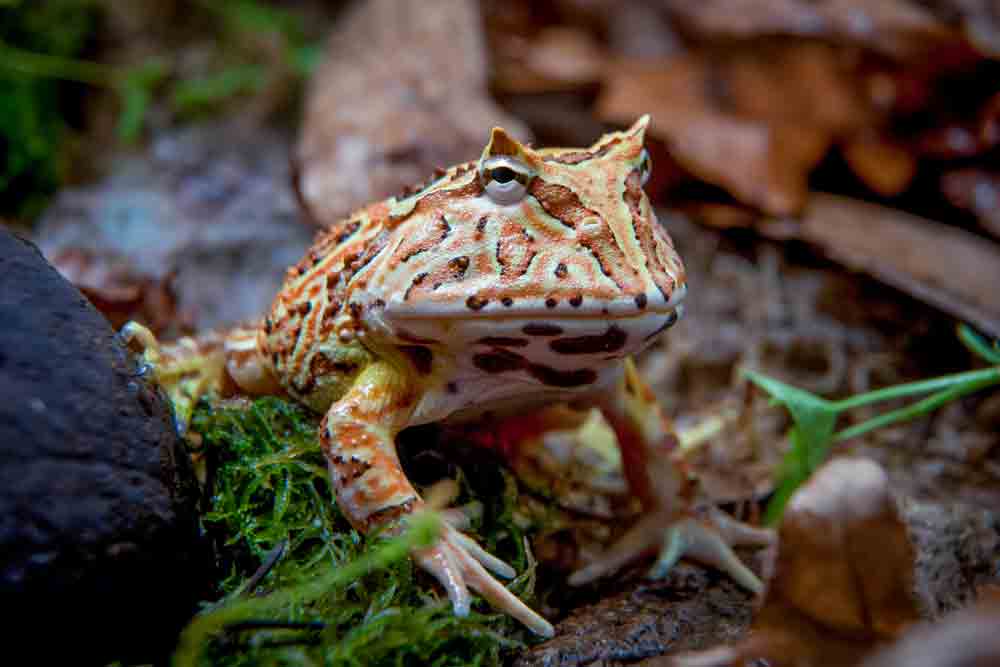The researchers created the model using hundreds of genetic markers of 5,242 frog species, and based on that data, has shifted the date in which frogs started to evolve.
Natural History Museum researcher Jeff Streicher, senior curator in Charge, Amphibains and Reptiles, and colleagues have created what the museum calls the most extensive evolutionary tree of anuran amphibians. The researchers created the model using hundreds of genetic markers of 5,242 frog species, and based on that data, has shifted the date in which frogs started to evolve.
“Previously the group was thought to have begun to split into the thousands of species we see today around 210 or 220 million years ago,” Streicher said in a press release put out by the Natural History Museum. “Our new analysis suggests instead that this date was around 180 million years ago. Finding that frogs are younger means that they diversified into thousands of species more rapidly than was thought before.”

Researchers in the past were limited by the type of genetic data that they had access to. This new phylogeny addresses those limitations. The researchers developed an expansive family tree that “combined genetic data from phylogenomic studies with hundreds of genetic markers that included only a few species, and data from hundreds of small-scale studies of frogs that sometimes used only one or two markers but collectively included thousands of species.” This approach, the researchers say, enabled them to include 5,242 frog species. This, they say, represents a 71 percent increase from prior family trees. They achieved this with the help of custom developed software that enabled them to compare genes that “evolve large differences between species.”
Researchers in India Discover 7th Mating Position for Frogs
“Previous studies were afraid to combine phylogenomic datasets with hundreds of markers with data from many smaller studies with fewer markers. We showed that this is not only possible, but also leads to an improved family-level tree that can include thousands of species. This same approach could be applied to any group of organisms,” John J. Wiens, senior author and a professor at the University of Arizona said in the statement. “The study represents a significant leap forward in our understanding of frog evolution and provides a valuable resource for researchers and offers new avenues for the study of anuran amphibians. As the scientific community continues to explore and expand our knowledge of these remarkable creatures, this comprehensive phylogeny serves as a foundation for future discoveries.”
An abstract of the paper, “Frog phylogeny: A time-calibrated, species-level tree based on hundreds of loci and 5,242 species” can be read on the Molecular Phylogenetic and Evolution website.



